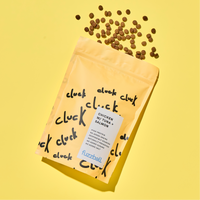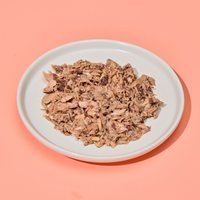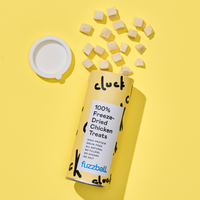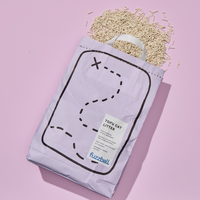How Can I Transition My Cat to a New Dry Food?
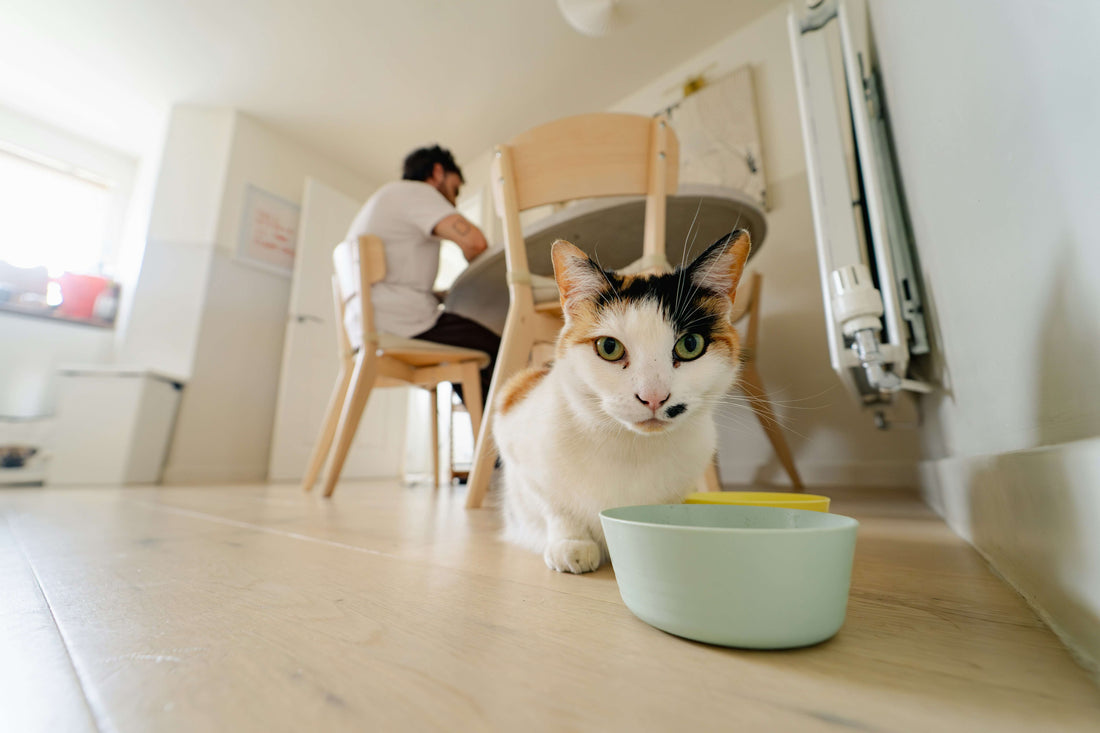
Switching your cat to a new dry food requires patience and the right approach to ensure a smooth transition. Cats are creatures of habit, and sudden changes to their diet can lead to digestive issues or outright refusal to eat. A gradual shift helps their digestive system adjust while making mealtimes stress-free.
From mixing small portions of the new food with the old to monitoring their reaction, the right steps can make all the difference. A well-managed transition not only keeps your cat healthy but also ensures they fully enjoy their new food without resistance.
Why Would You Need To Change Your Cat’s Diet?
Perhaps the most important reason for changing your cat’s dry food is when your veterinarian recommends a diet change because of a health condition. Another reason can be that the food that your cat has always eaten has been discontinued, recalled, or difficult to find.
If your cat doesn't appear to like their meal as much as they used to, you may also need to try something different. Try transitioning your cat to a food with a higher protein content with no nasties or additives. Age is also a factor. Adult cats will eventually switch to a senior formula, and kittens must eventually go to adult cat food.
What Happens If You Switch Your Cat’s Dry Food Too Fast?
Avoid making sudden food changes because doing so may cause your furry friend to experience vomiting, diarrhoea, and digestive distress. You must ease your cat in with the new dry cat food to give your cat a small taste of the new food along with a mixture of the current food.
How Long Does It Take For a Cat To Get Used To New Dry Food?
Most cats can transition successfully to a new dry food within 7-10 days. Consider extending the transition period to up to four weeks if your cat has a sensitive stomach in order to lower the likelihood of digestive upset.
How Can I Transition My Cat to a New Dry Food?
You may be anxious to switch your cat’s dry food, particularly if the new food can help address weight or health concerns. However, a slow transition helps avoid digestive upset and gives your cat time to adjust to the new flavours and textures. It is therefore recommended that you make a gradual transition over a 7 to 10-day period.
Here’s how to switch your cat’s food:
- Days 1 to 2: Add 25% of the new food and 75% of the existing food.
- Days 3 to 4: Serve half of the new food and half of the existing food.
- Days 5 to 7: Serve 75% of the new food and 25% of the existing food.
- Days 8 to 10: Serve only the new food.
Extend the transition period by a few extra days if your cat has any digestive issues during this time or doesn't appear to enjoy their new dry cat food. It could take some cats longer to become used to their new food.

What Problems Might Occur When Changing To New Dry Food?
When switching your dry cat food, it is possible that your cat won’t try it. However, this is nothing to worry about, especially if you have a picky eater. You can offer small amounts of the new food with each meal and can try putting it down before you offer your cat its usual food.
Consider switching to a different new diet if your cat is still uninterested in their new food after a few days.
Another problem that can occur when switching to new dry food is an upset stomach. Sometimes, sudden changes in diet can upset a cat’s digestive system. Symptoms might include vomiting, diarrhoea, flatulence, or just not seeming themselves. They might also lose interest in food.
Try cutting back on the new diet if this occurs during a meal transition, and then keep a close eye on your cat to see if their stomach is settling down. After little more than a day or two, they ought to begin to get better. You might need to discontinue the new diet completely if your cat continues to exhibit symptoms of stomach distress. Then, try reintroducing the new food after a few days if your cat is returning to normal after eating their original diet.
However, it is important to note that if your cat’s tummy gets upset, it is totally normal and should not put you off from continuing with the transition. The benefits you get from better quality food, in the long run, make a few days of an upset stomach worth it.

